“Anyone wondering why Aston Martin bother to make their own vee-8 when so many big American ones are so cheaply available need take only one look at the performance data… for the best explanation in the world. Whatever the undisclosed output of the Aston V8, it is enough to rocket this heavy car to 60mph from rest in exactly six seconds and to 100mph in only 14.7 seconds. Much more than this, we were able to reach 138 mph from rest in a mile and on the Continent record a mean maximum speed of 161.5 mph.” - Autocar, 8 July 1971. Although always intended to house the new Tadek Marek-designed V8 engine, the DBS had first appeared with the 4-litre ‘six’ of the concurrently produced DB6. Styled in-house by Bill Towns, the four-seater DBS employed a platform-type chassis with independent suspension all round: wishbone and coil-spring at the front, De Dion with Watts linkage at the rear. Bigger and more luxuriously appointed than the DB6, the heavyweight DBS disappointed some by virtue of its slightly reduced performance, but there were no complaints when the V8 arrived in 1969. With an estimated 345bhp available from its 5,340cc four-cam motor, the DBS could reach 100mph in under 14 seconds, running on to a top speed of 160mph - a staggering performance in those days, and one which fully justified the claim that it was the fastest production car in the world. With the resurrection of the ‘Vantage’ name in 1977, Aston Martin enthusiasts everywhere breathed a sigh of relief; previously applied to high-power versions of the DB six-cylinder cars, it had been dormant since the V8’s arrival back in 1969. A heavier car than its six-cylinder predecessor, the V8 had suffered as emissions legislation became ever more strangulating, leading to concern that Aston Martin’s traditional performance image might be lost. The arrival of the Vantage dispelled any such worries. Propelling Aston’s V8 back into the supercar league was a tuned version of the existing 5,340cc engine breathing through a quartet of 48mm Weber carburettors rather than the standard 42mm units. Valves and ports were enlarged and the camshafts changed, the end result being an estimated maximum output of around 375bhp. Chassis changes were minimal apart from the adoption of bigger ventilated discs all round and low-profile Pirelli tyres. Although introduced in 1978, the Volante did not become available to Vantage specification until 1986. Along with the Vantage engine and bonnet came flared wheelarches, boot spoiler (a feature the Volante had previously lacked) and extended front spoiler, while side extensions replaced the model’s hitherto characteristic chromed sill covers. Not all Aston Martin customers found the new look to their liking however, preferring the more restrained appearance of the non-Vantage model. Foremost among these was HRH The Prince of Wales, who ordered his Volante with Vantage engine and bonnet but otherwise effectively to standard specification. For many the jewel in the Aston crown, the Vantage Volante to ‘Prince of Wales’ specification was produced for only two years from 1988, drawing uniquely from the best of the Volante and Vantage features. The factory went on to build 26 examples of the ‘Prince of Wales’ specification Vantage Volante before V8 production finally ceased in December 1989. This Aston Martin V8 Vantage Volante ‘Prince of Wales’ was registered ‘G906 CPL’ in 1990. The car comes with Aston Martin attaché and vanity cases, all its books and at time of cataloguing had covered a mere 676 miles from new.
“Anyone wondering why Aston Martin bother to make their own vee-8 when so many big American ones are so cheaply available need take only one look at the performance data… for the best explanation in the world. Whatever the undisclosed output of the Aston V8, it is enough to rocket this heavy car to 60mph from rest in exactly six seconds and to 100mph in only 14.7 seconds. Much more than this, we were able to reach 138 mph from rest in a mile and on the Continent record a mean maximum speed of 161.5 mph.” - Autocar, 8 July 1971. Although always intended to house the new Tadek Marek-designed V8 engine, the DBS had first appeared with the 4-litre ‘six’ of the concurrently produced DB6. Styled in-house by Bill Towns, the four-seater DBS employed a platform-type chassis with independent suspension all round: wishbone and coil-spring at the front, De Dion with Watts linkage at the rear. Bigger and more luxuriously appointed than the DB6, the heavyweight DBS disappointed some by virtue of its slightly reduced performance, but there were no complaints when the V8 arrived in 1969. With an estimated 345bhp available from its 5,340cc four-cam motor, the DBS could reach 100mph in under 14 seconds, running on to a top speed of 160mph - a staggering performance in those days, and one which fully justified the claim that it was the fastest production car in the world. With the resurrection of the ‘Vantage’ name in 1977, Aston Martin enthusiasts everywhere breathed a sigh of relief; previously applied to high-power versions of the DB six-cylinder cars, it had been dormant since the V8’s arrival back in 1969. A heavier car than its six-cylinder predecessor, the V8 had suffered as emissions legislation became ever more strangulating, leading to concern that Aston Martin’s traditional performance image might be lost. The arrival of the Vantage dispelled any such worries. Propelling Aston’s V8 back into the supercar league was a tuned version of the existing 5,340cc engine breathing through a quartet of 48mm Weber carburettors rather than the standard 42mm units. Valves and ports were enlarged and the camshafts changed, the end result being an estimated maximum output of around 375bhp. Chassis changes were minimal apart from the adoption of bigger ventilated discs all round and low-profile Pirelli tyres. Although introduced in 1978, the Volante did not become available to Vantage specification until 1986. Along with the Vantage engine and bonnet came flared wheelarches, boot spoiler (a feature the Volante had previously lacked) and extended front spoiler, while side extensions replaced the model’s hitherto characteristic chromed sill covers. Not all Aston Martin customers found the new look to their liking however, preferring the more restrained appearance of the non-Vantage model. Foremost among these was HRH The Prince of Wales, who ordered his Volante with Vantage engine and bonnet but otherwise effectively to standard specification. For many the jewel in the Aston crown, the Vantage Volante to ‘Prince of Wales’ specification was produced for only two years from 1988, drawing uniquely from the best of the Volante and Vantage features. The factory went on to build 26 examples of the ‘Prince of Wales’ specification Vantage Volante before V8 production finally ceased in December 1989. This Aston Martin V8 Vantage Volante ‘Prince of Wales’ was registered ‘G906 CPL’ in 1990. The car comes with Aston Martin attaché and vanity cases, all its books and at time of cataloguing had covered a mere 676 miles from new.
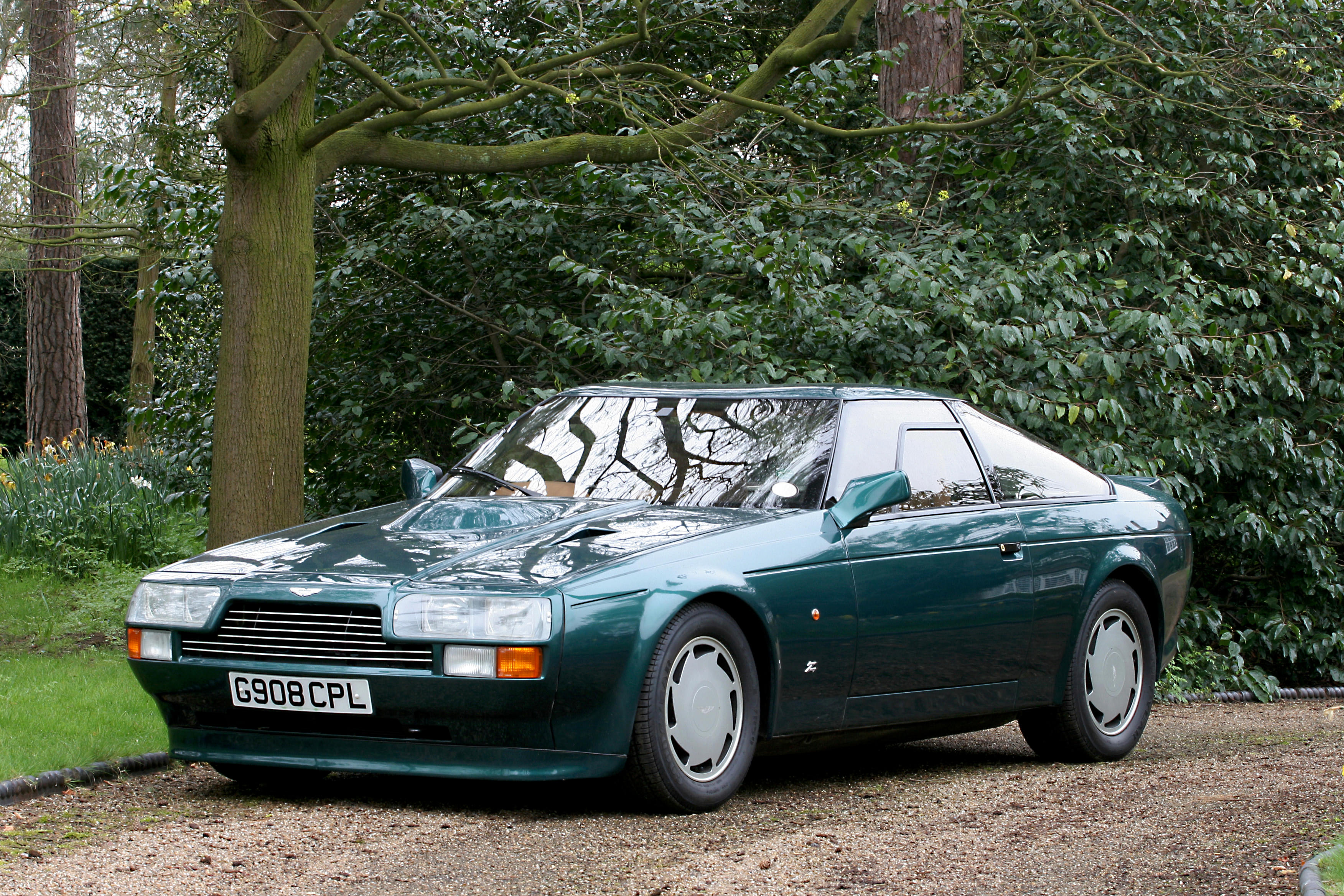

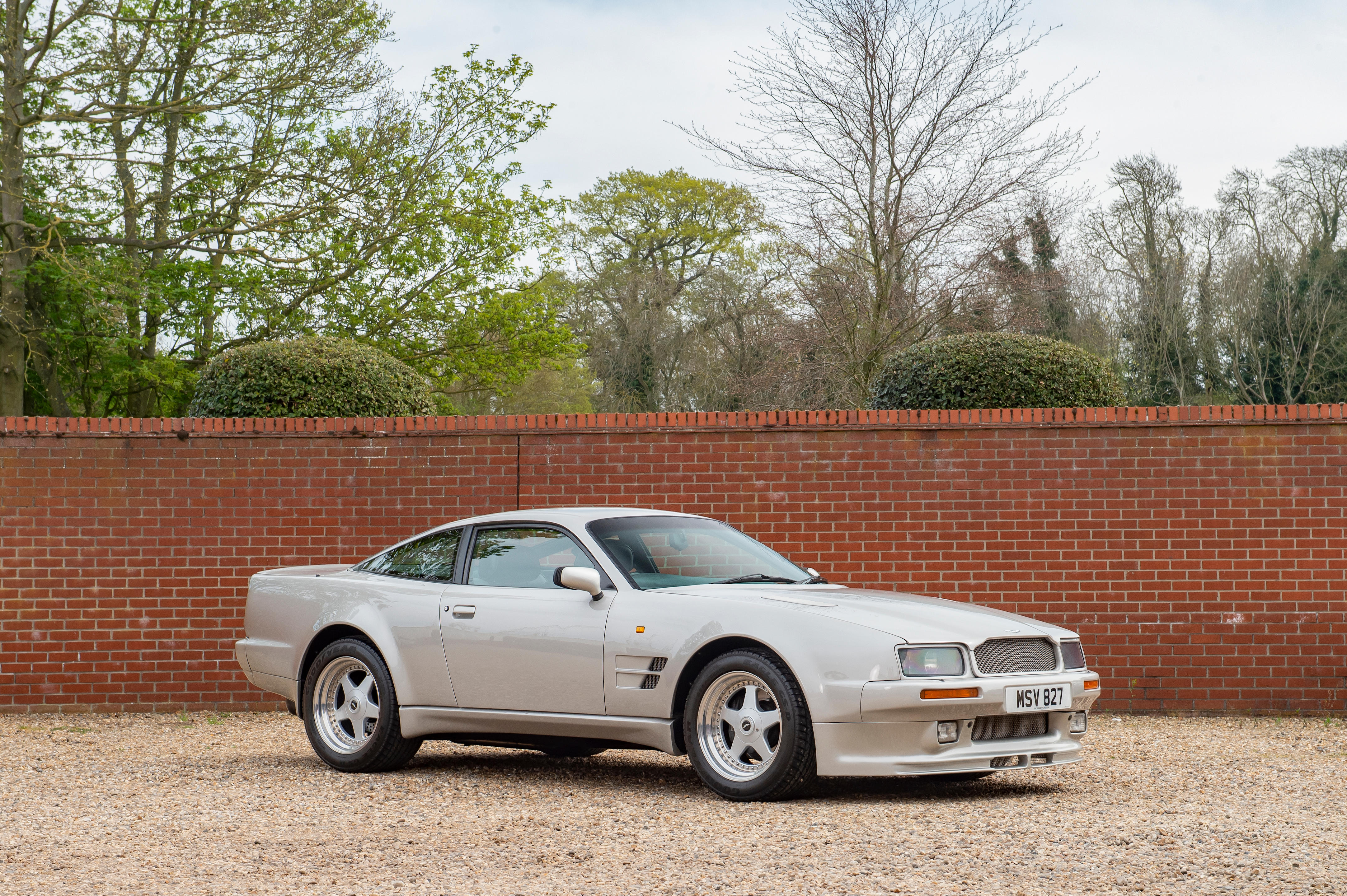


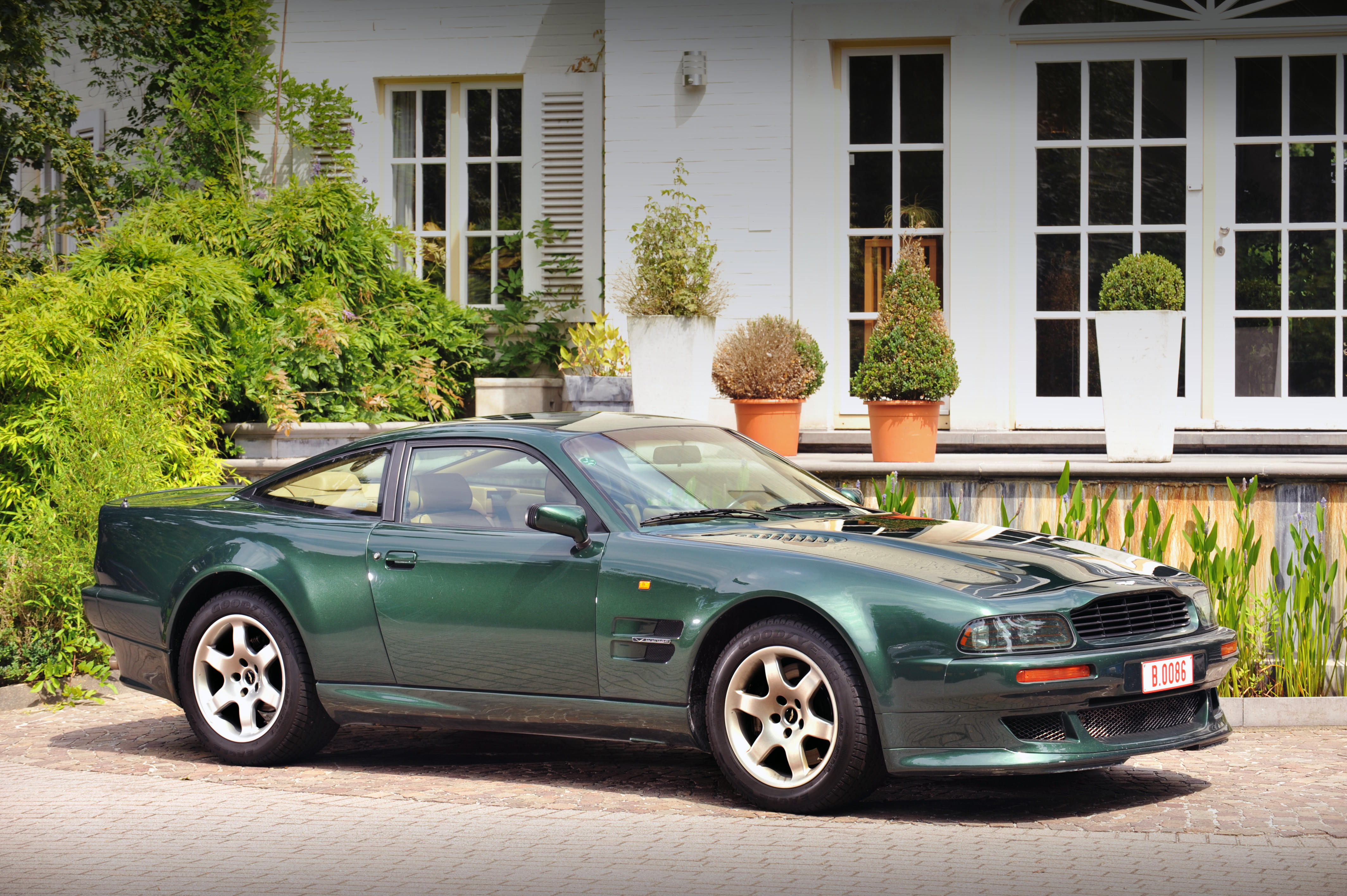

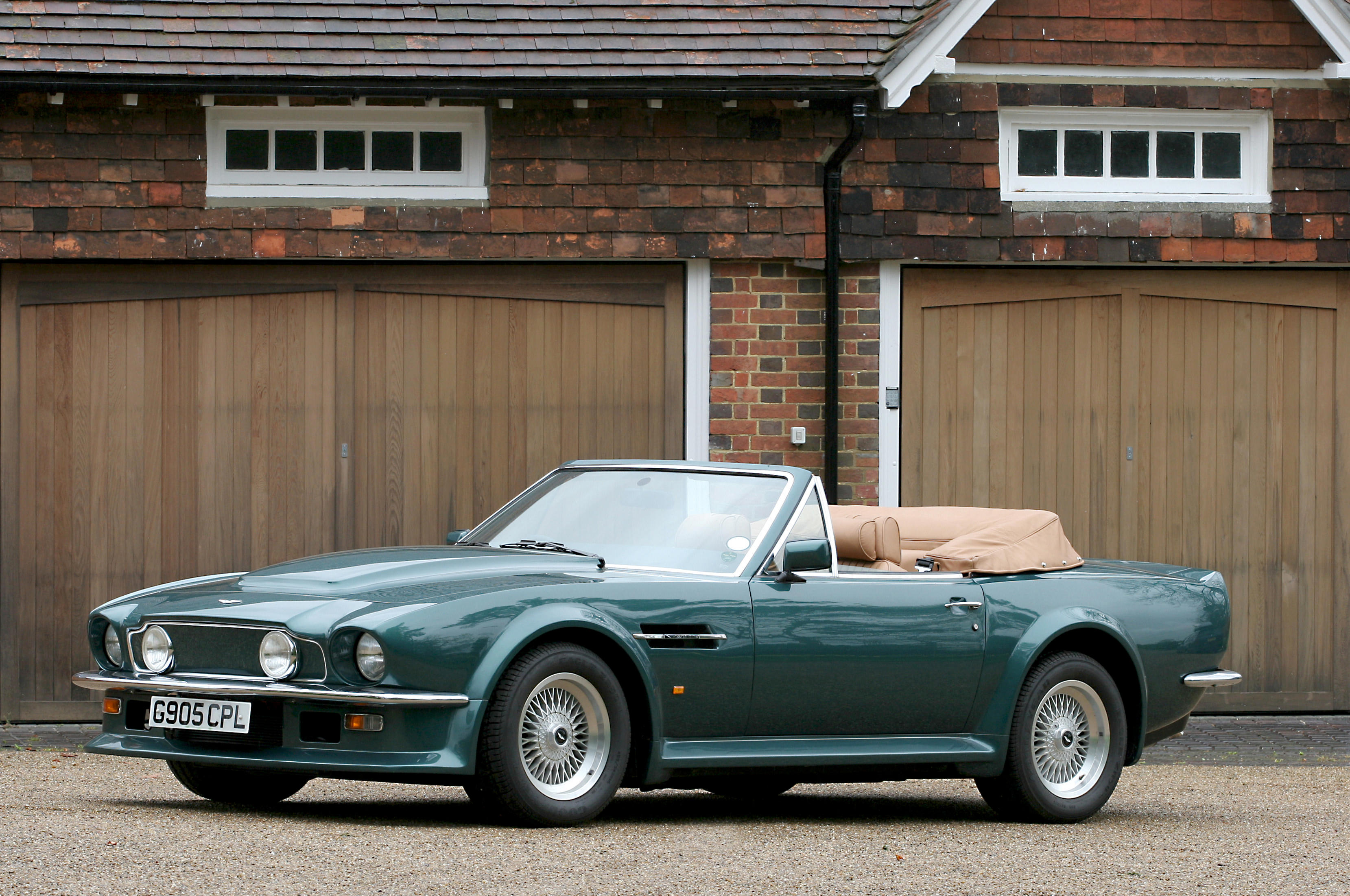
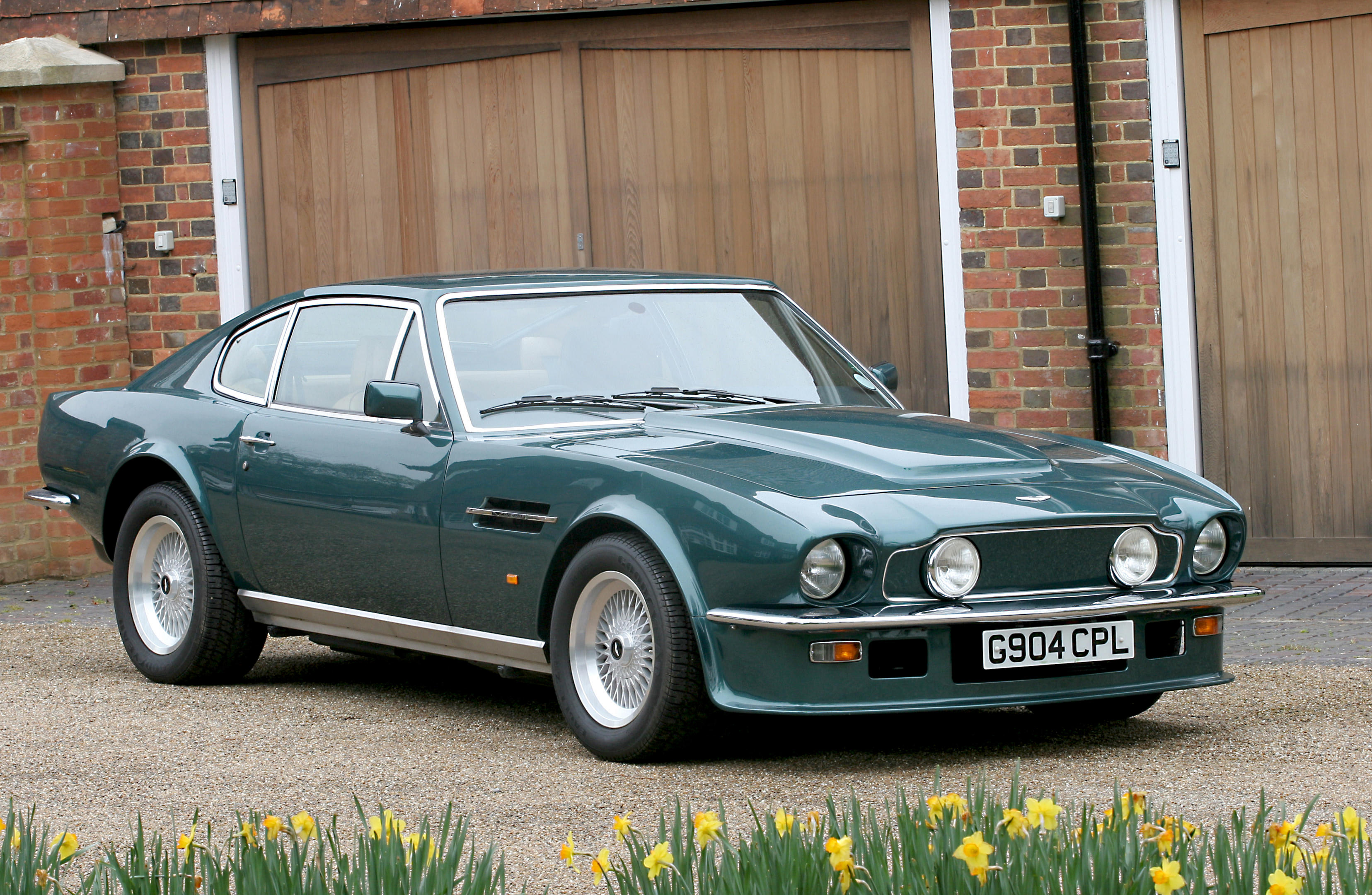
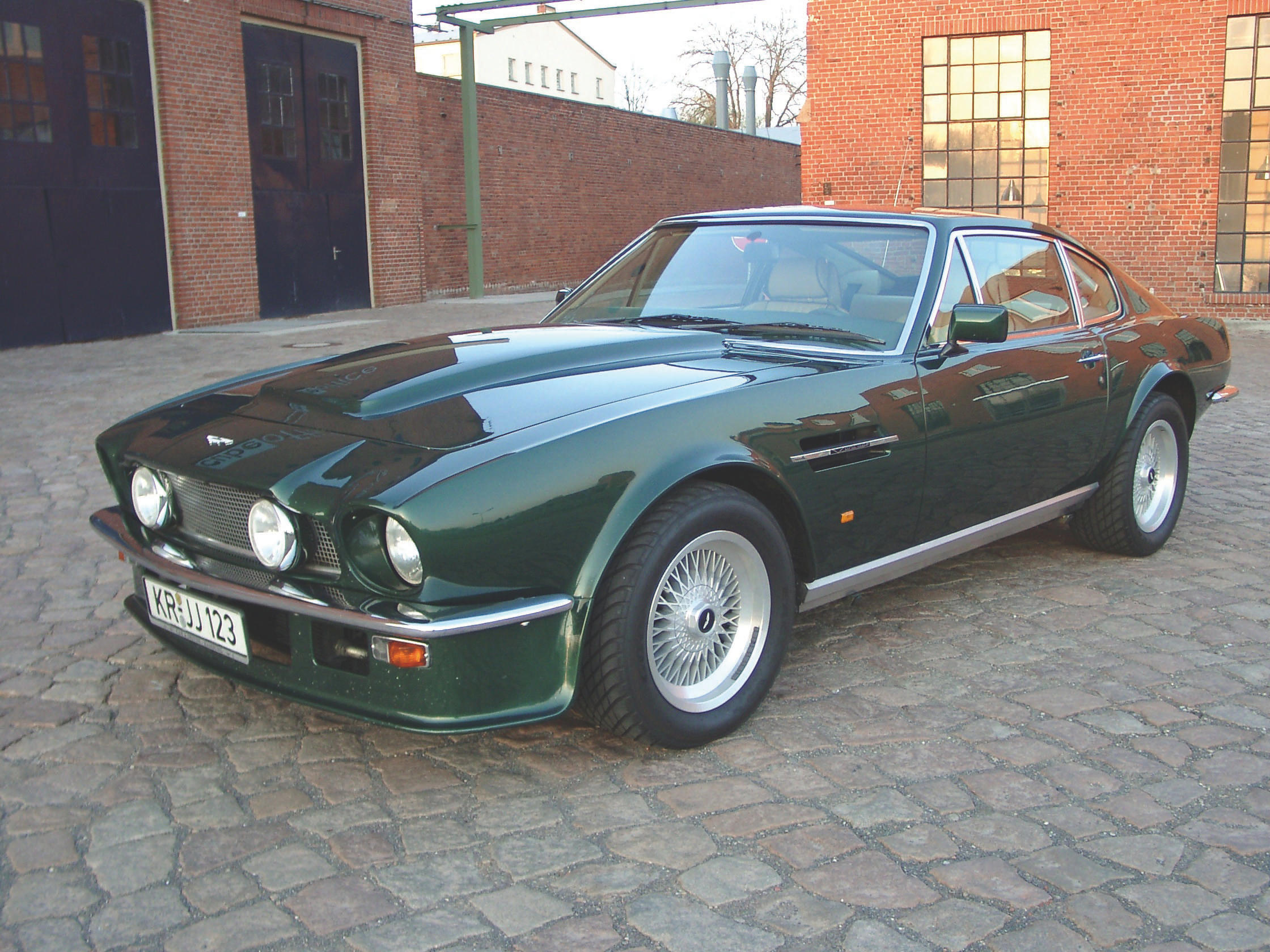
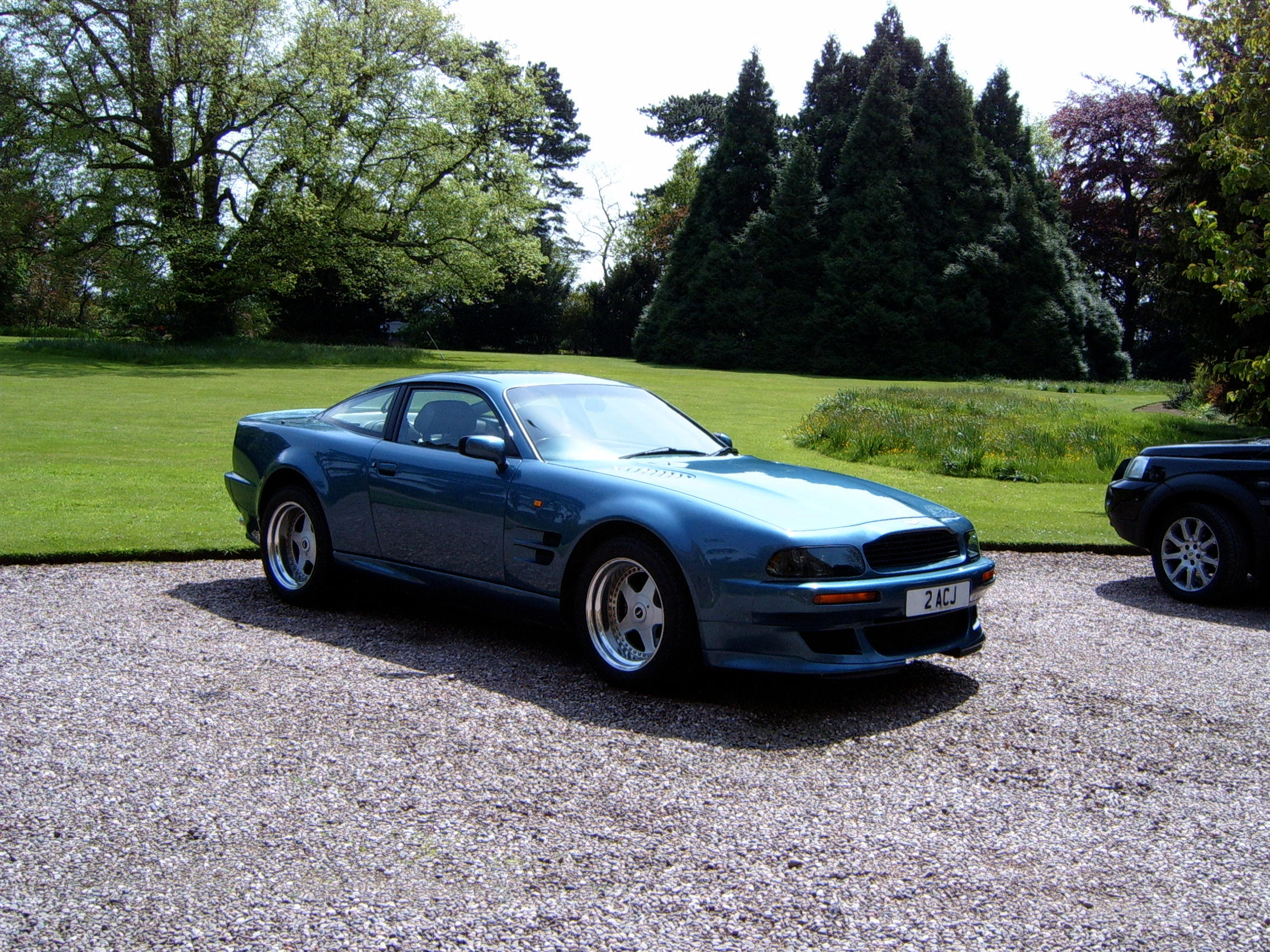


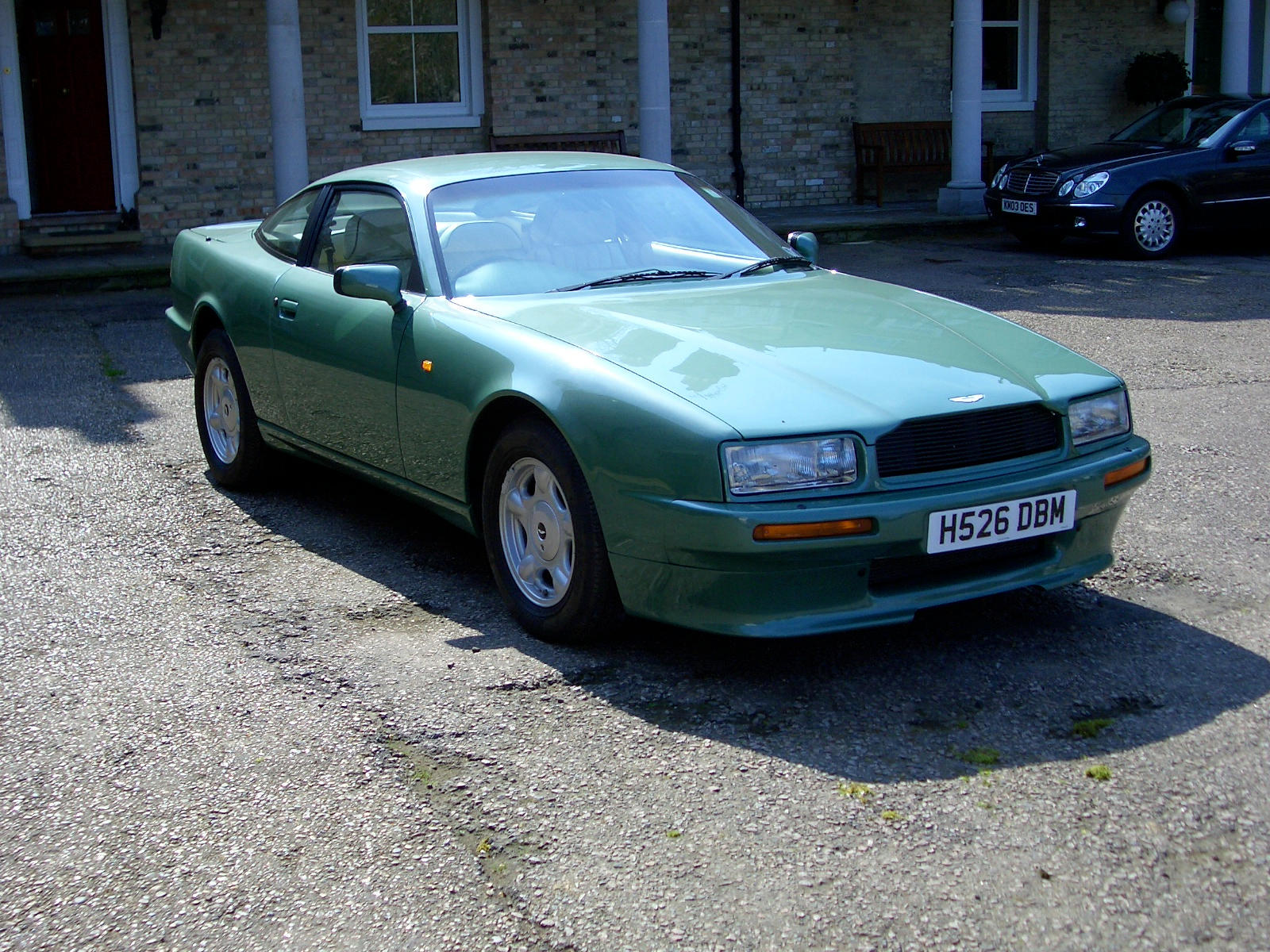
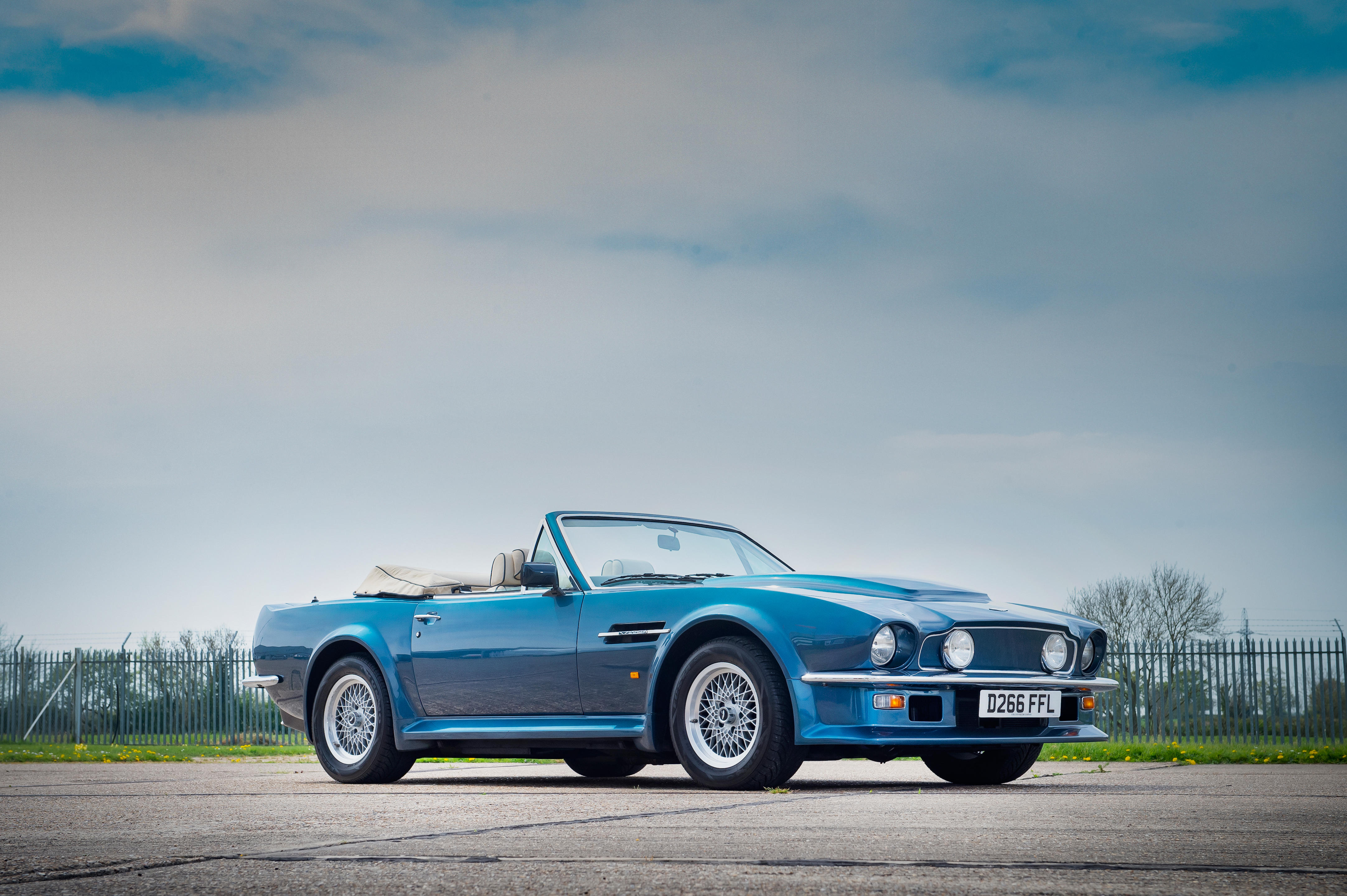
Testen Sie LotSearch und seine Premium-Features 7 Tage - ohne Kosten!
Lassen Sie sich automatisch über neue Objekte in kommenden Auktionen benachrichtigen.
Suchauftrag anlegen